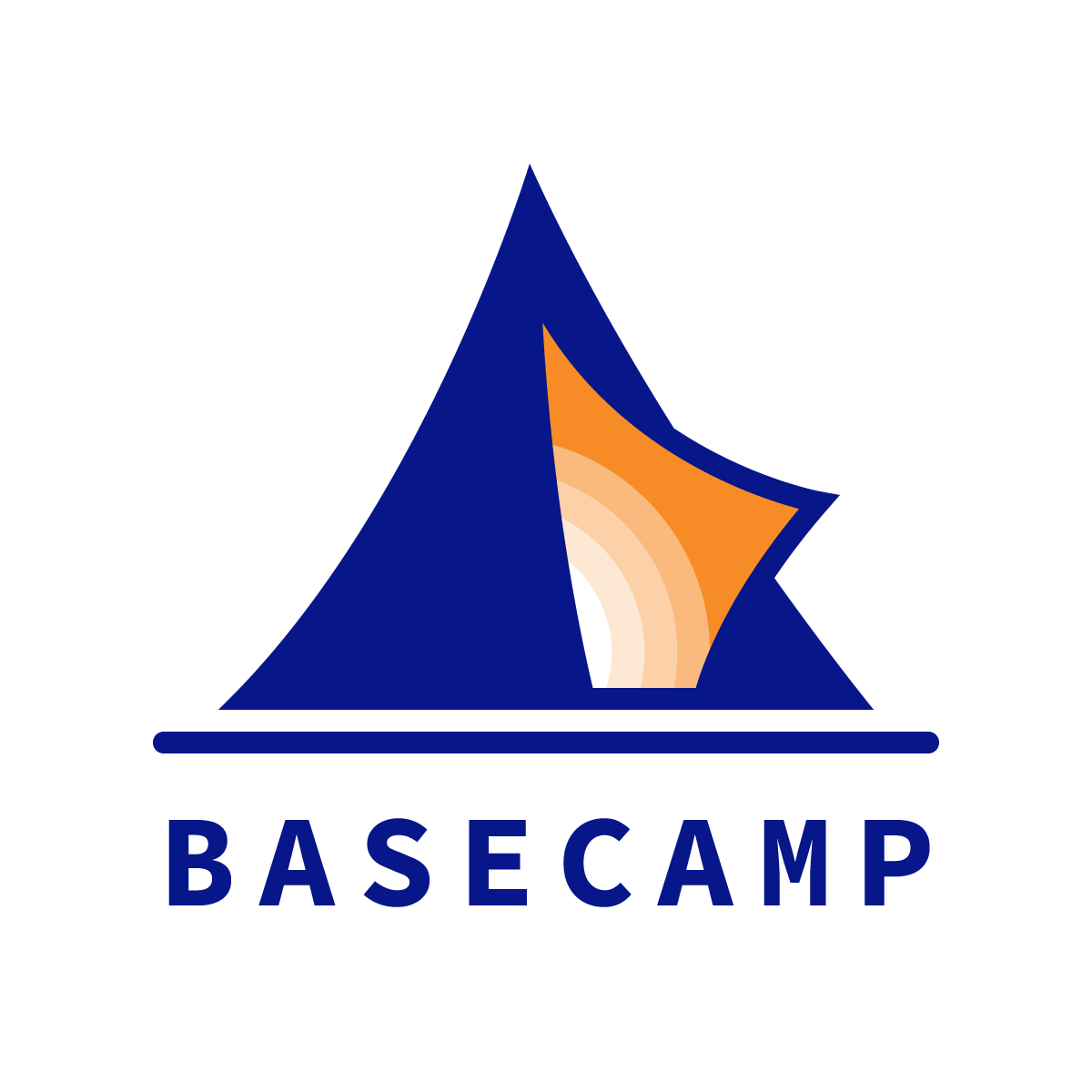Future of Learning Top Reads for week of Dec 7 2020
“3-Year College Degree Programs: What to Know,” by Josh Moody, in US News & World Report
“A college degree is one of the most expensive investments a student will make over his or her lifetime. The cost of tuition has soared in recent years, prompting more students to take on debt to earn a degree. But what if a student could reduce his or her time in college and the associated costs? […]
“ ‘Higher ed, fundamentally, has a product problem,’ Zemsky says, noting the many students that colleges lose in their first year.
“Zemsky hopes to see colleges introduce three-year, 90-credit bachelor's degree programs with reduced general education credits, a model that he notes is common overseas in places such as the United Kingdom.”
Why does this matter to the future of learning?
Why does college in the US typically require students to take 120 credit over four years? Why are some major requirements 10 courses while others are 12 or 14? Why do general requirements often make up half of the total of undergraduate credits?
There are sometimes good answers to these questions. Often there are not.
If accrediting bodies grant a first mover the right to issue a full undergraduate degree after 90 credits instead of 120, and thereby reduce the cost of college by 25%, it could trigger a cascade of product and price innovations.
…in that vein, consider the following vision of the future of college…
***
“Cord cutting and unbundling caused a massive shakeup in the TV industry. The same type of change is coming to colleges.” By Adam Weinberg, President of Denison University, in Business Insider
“As time goes on, more young people will choose to forego traditional higher education and instead pull together a quick set of credentialed skills that can help them land a job. They will then acquire more education as they need it over time to build a career.
“Much of this will continue to be delivered by community and technical colleges, but more will come from new players in the market, such as Google's Career Certificates and tech bootcamps like Kenzie Academy.
“Master programs will also be unbundled. Students rarely need most of what these programs provide, and they often overpay for them. Students will find that LinkedIn Learning, IDEOU, and Pathstream create quicker and cheaper pathways to upskilling. Others will move into this space, including universities that will continue to bite-size their master's programs into quick upskilling programs. Harvard Business School Online's short certified courses are one example. […]
“On the academic side, more students are collecting academic credits from a range of institutions. They need ways to aggregate credits into a degree. In the future, a student might get a degree from a university system, rather than a particular university. Or a new kind of entity will figure out how to award degrees through aggregation of credits, experiences and competencies. Platforms like Transferology will help in this process. […]
“Even faculty will unbundle, relying less on their college's learning management system and the campus (or any) bookstore. Instead, they will work directly with companies like Top Hat to develop their courses on standalone platforms. We may see faculty who develop courses on these kinds of platforms sell to or deliver them in partnership with multiple universities.”
Why does this matter to the future of learning?
In 2006, Don Tapscott and Anthony Williams predicted the essence of this model in their book Wikinomics. What has been missing until now is a robust ecosystem of credentials smaller than “undergraduate degree” or “master’s degree.”
But as microcredentials continue to multiply, unbundling seems increasingly inevitable.
In which case, you should ask: is my school deliberately—or by default—betting against unbundling? What is at stake by making that bet against unbundling?
And if you’re betting on unbundling, what experiments are you running now so that when the ecosystem is finally mature, you’re ready to go to market with a superior offering?
***
“Agency over compliance: How Red Bridge is reinventing school,” by on the Transcend blog
“ ‘In the biggest picture,’ Orly says, ‘All the systems and procedures of the traditional school model reward compliance. In today’s world that is a hindrance.’ Red Bridge departs from rewarding compliance and instead rewards agency. One of the model’s most radical shifts is moving away from grouping young people by ‘grade levels’ to grouping by ‘autonomy levels.’ These autonomy groupings are determined by student work habits such as time management, focus, organization, initiative, and goal achievement. Grouping students by work habits changes the focus of what’s important in school. In order to move from one autonomy level to the next, which they must self-advocate to do, children must demonstrate consistency with a set of work habits. ‘You can’t level up in our school without becoming really good at the act of learning itself. It changes the mindset, by shifting the structure.’ […]
“When the present and future are unpredictable, unequitable, and volatile, these skills are paramount. Our children’s learning may be disrupted again by an environmental or public health crisis. I deeply believe that remote learning has proven to be such a painful adjustment because our traditional learning models rarely create experiences for young people that foster purpose, autonomy, and mastery – the pillars of motivation.”
Why does this matter to the future of learning?
What is the ratio of compliance-based learning to agency-based learning in your school?
What will your alumni say ten years from now about whether you prepared them to thrive in a VUCA world?
***



